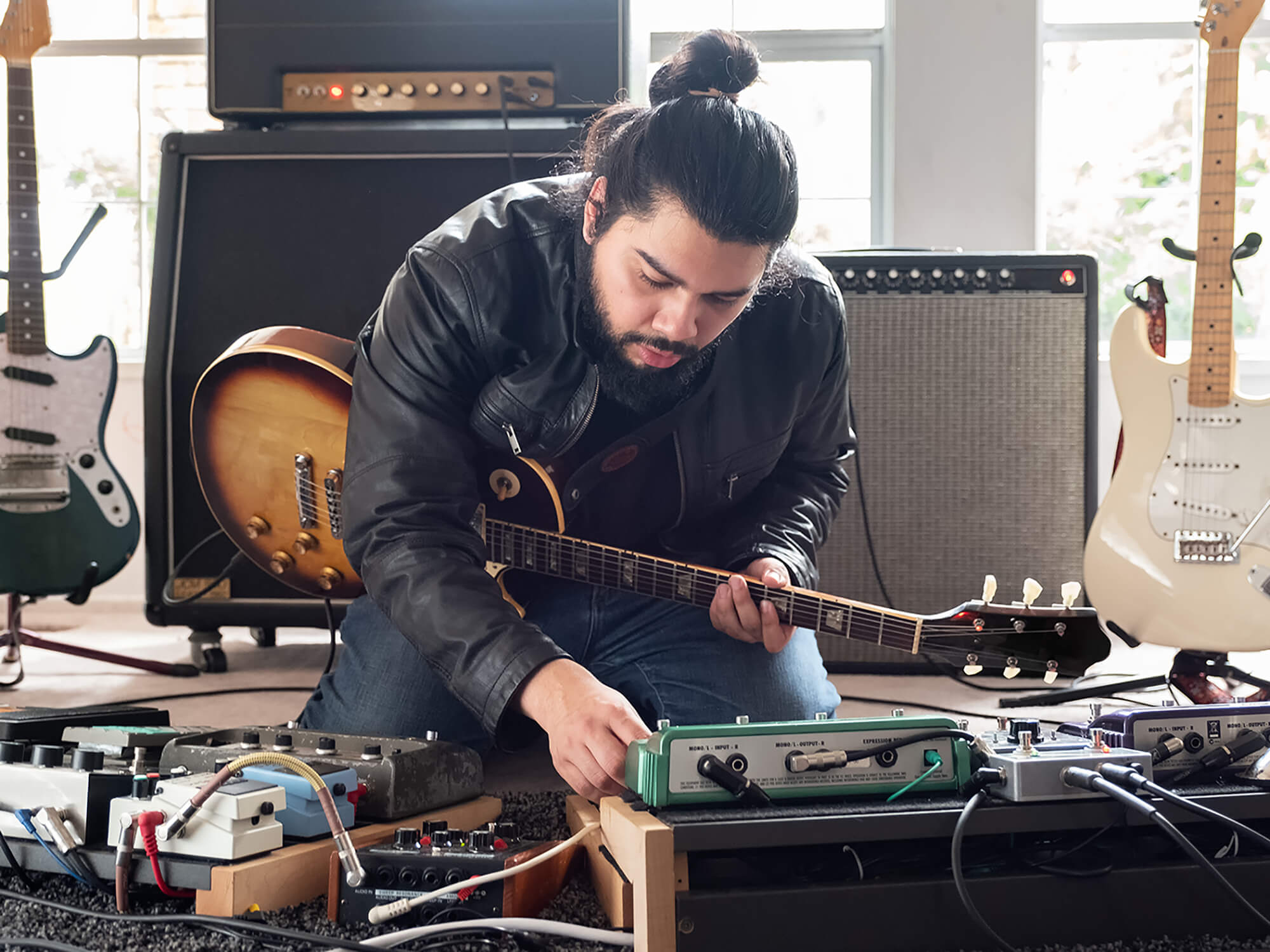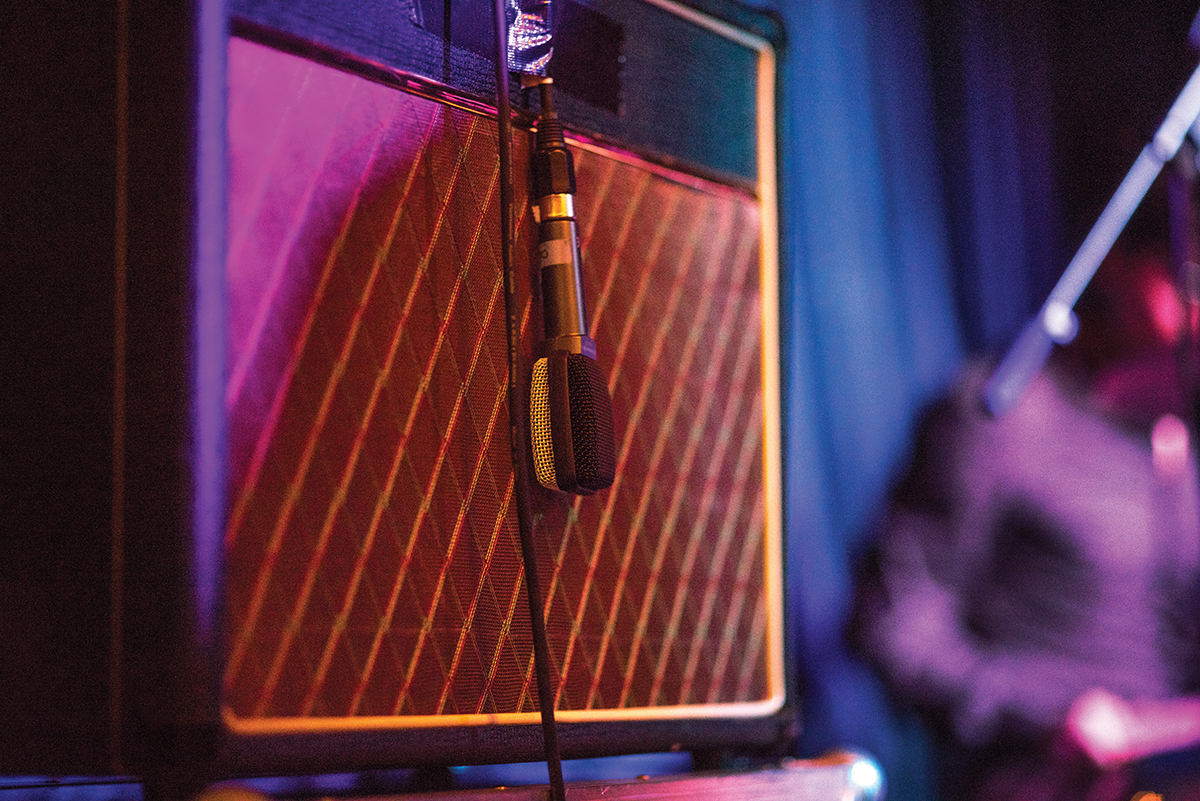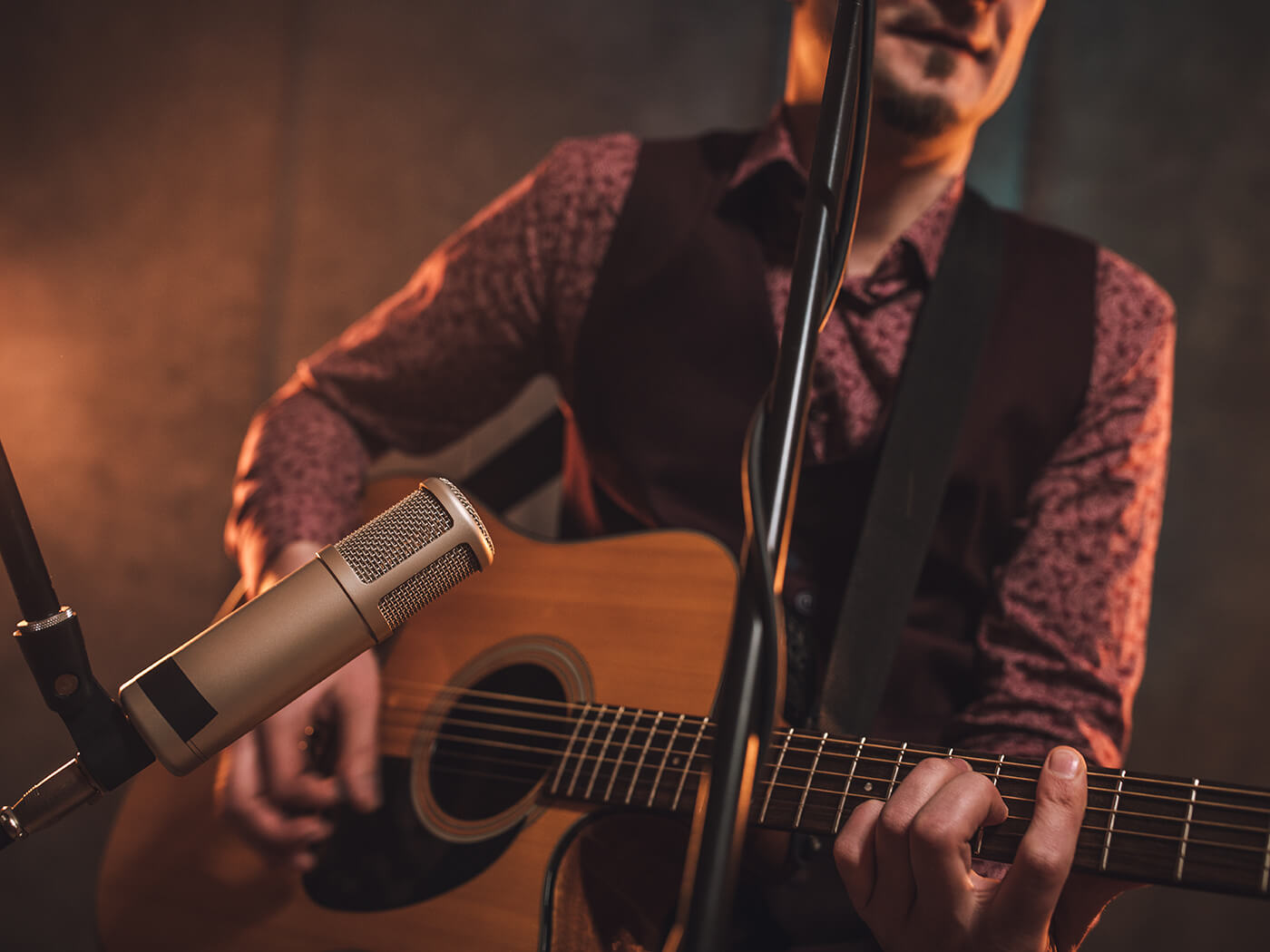Related Tags
Guitar Recording FAQ: Understanding phase, polarity and the difference between them
When recording guitar, it can be crucial to minimise polarity issues and find that phase-shift sweet spot – here’s how.

Image: Getty Images
What does ‘out of phase’ actually mean and do I need to worry about it when I’m recording guitars? The term ‘out of phase’ can be misleading and confusing, with many using the word ‘phase’ when ‘polarity’ would be more appropriate. The two aren’t interchangeable. Here’s why.
The flip side
We often refer to pickups or speakers as ‘out of phase’ when the magnets or hot and cold lead-out wires of one pickup or speaker are reversed. It’s more accurate, however, to say that they’re operating in opposite polarity. If you’re using two microphones simultaneously – a moving-coil and a condenser, for example – they might be in opposite polarity, possibly due to on-board preamp electronics or one mic cable being incorrectly wired.
You might also encounter opposite polarity were you to place microphones at the front and rear of an open-backed speaker cabinet. In this instance, as the speaker cone moves towards the front microphone, it creates a positive amplitude peak in the mic’s output signal. At the same time, that cone is moving away from the rear microphone, so the amplitude peak of the front mic coincides with an amplitude trough from the rear microphone.
Both microphones should sound fine individually. But the polarity issue will be apparent when you hear them together. Microphones turn acoustic energy into an alternating electrical current and, in basic mathematical terms, when the front microphone is generating +1 millivolts and the rear microphone is generating -1 millivolts, they cancel each other out because the combined sum is 0 millivolts.
You won’t experience total cancellation when using microphones with opposite polarity (or when forgetting to flip the phase switch on one of the mic preamps if you’re mic’ing front and rear). Instead, you’ll notice that the combined mic signals will sound thinner, quieter and possibly honkier in the mids than each mic on its own.
When using two or more mics, experienced recordists will routinely check the phase of the mics in stereo and in mono, and listen for the setting that produces the fullest, richest and most natural tone. The same cancellation phenomenon is used in humbucking pickups to eliminate noise while leaving the guitar signal intact.

Passing phase
Whereas the term ‘out of phase’ suggests two elements that have drifted apart, ‘in phase’ indicates elements that are locked together. Phase shift is actually a function of time differences.
Imagine a typical electric guitar recording setup, with a Shure SM57 jammed up against a speaker cloth and a condenser microphone set a couple of metres away to capture some room ambience. Best of both worlds, right? Not necessarily.
Soundwaves coming from the speaker cone will hit the SM57 before they reach the room mic. Spacing the microphones apart therefore creates an inevitable time delay between them, thus ensuring they will be out of phase. The room mic will also detect both direct and reflected sounds, which will be out of phase with each other.
But rather than simply cancelling each other out, something more complex occurs here. If you take two nominally identical signals and add a short delay to one of them, the peaks and troughs will no longer align. In some areas, both will be in their positive and negative cycles simultaneously, which results in reinforcement. In other areas, one will be positive while the other is negative, causing cancellation.
The result is a series of exaggerated peaks and troughs, which creates an effect known as comb filtering. It can sound peculiar or fantastic, depending on the degree of phase shift between the microphone signals, determined by the distance between them.
Polarity is generally a right-versus-wrong issue. Phase, however, is more a matter of taste. In traditional recording studios, the assistant engineer might slowly move the room mic away from the amplifier while the engineer listens in the control room. It’s easy to hear how the combined sound changes, and the idea is to locate the sweet spot.
You can do the same in the digital domain post-recording by aligning the two waveforms in your DAW. By gradually shifting the room mic’s waveform, you can find that sweet spot and create the impression of a larger or smaller room.
Try this in Logic’s Event Window by changing the starting position of the audio region using the smallest possible increments. Alternatively, apply a delay plugin to the room mic, set it to a single repeat with no feedback, and listen as you increase the delay a millisecond at a time.
This is a fantastic way to blend the two microphone signals while working on your own, and you don’t need to worry about positioning the room mic because you’ll be doing that virtually. There are no fixed rules here. Listen to changes in the midrange and bass response and go with what sounds good to you in the context of your track.

DI and delay
When tracking electric guitars and bass, it’s common practice to record direct and through an amp simultaneously. The direct signal may be required for routing through an amp modeller, re-amping or for a clean tone that can be mixed with the amp.
If the amp is placed some distance from where you’re playing and you also plan to record direct, take the direct signal from where the amp is rather than where you’re sitting, next to the computer. If you don’t, the amp sound may be noticeably late relative to the direct sound. Even if it’s just a few milliseconds, you’ll be able to hear it. Alternatively, just realign the waveforms later in your DAW.
Psychoacoustics
Stereo microphone techniques are typically used for recording solo acoustic guitar but that requires two or more microphones. Again, any physical distance between the two mics will inevitably result in some degree of phase shift. Experienced recordists accept that there’s a trade-off here between phase shift and spacious sounds with a natural stereo image.
The best way to minimise phase issues is to place the mic capsules as close together as possible. There are various ways to do this and the blanket term is coincident stereo. But that’s a whole different story…
For more features, click here.
